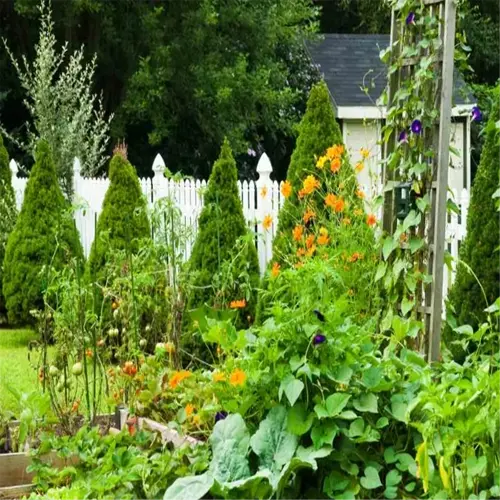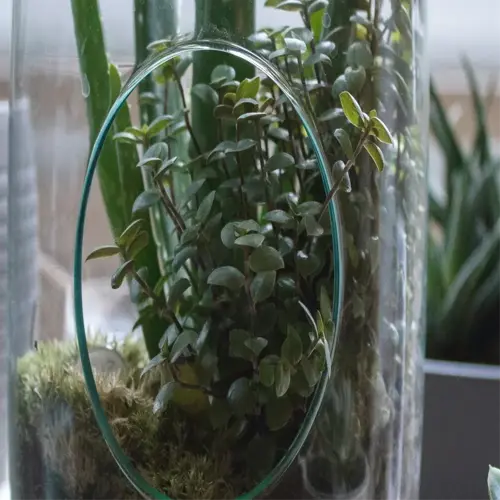How does overwatering lead to pest infestations?

Written by
Paul Reynolds
Reviewed by
Prof. Charles Hartman, Ph.D.When you overwater a plant, it disrupts the soil ecosystems and can create a pest paradise. The moist conditions attract moisture-seeking insects that can compromise the overall health of the plant fortifications. Root systems can suffer depletion of oxygen, leaving plants vulnerable to pests that can detect stressed plants by chemical signals left in the wet soil.
Fungus Gnats
- Lay eggs in top 1" of damp soil
- Larvae feed on decaying roots
- Adults spread fungal spores
- Thrive in >70% soil moisture
Root Aphids
- Detect stressed plants via VOC emissions
- Inject toxins while feeding on sap
- Cause galls that trap moisture
- Spread viruses through saliva
Soil Mites
- Consume waterlogged organic matter
- Create channels for pathogens
- Indicate anaerobic conditions
- Multiply rapidly in humid microclimates
Pathogenic Fungi
- Pythium attacks compromised root tissues
- Fusarium blocks vascular systems
- Rhizoctonia survives in wet debris
- Produce toxins that kill root hairs
I assisted a client with a monstera that had three types of pests from chronic overwatering. I replaced the soil with a chunky mix of potting soil and perlite, and we set up sticky traps on the top of the container. Within 14 days, we were able to eliminate the gnat problem. The plant displayed healthy root regrowth, which made it less desirable to any remaining pests.
Protective soil management disrupts the infestation cycle. Coarse sand can be added for quicker drainage. Where possible, bottomwater the plants to allow the topsoil to remain dry. Hang yellow sticky cards as an early indicator. These strategies will create an inhospitable environment for pests that require moisture, while also networked and increasing plant resistance.
Read the full article: 7 Key Signs of Overwatering Plants to Spot Early

